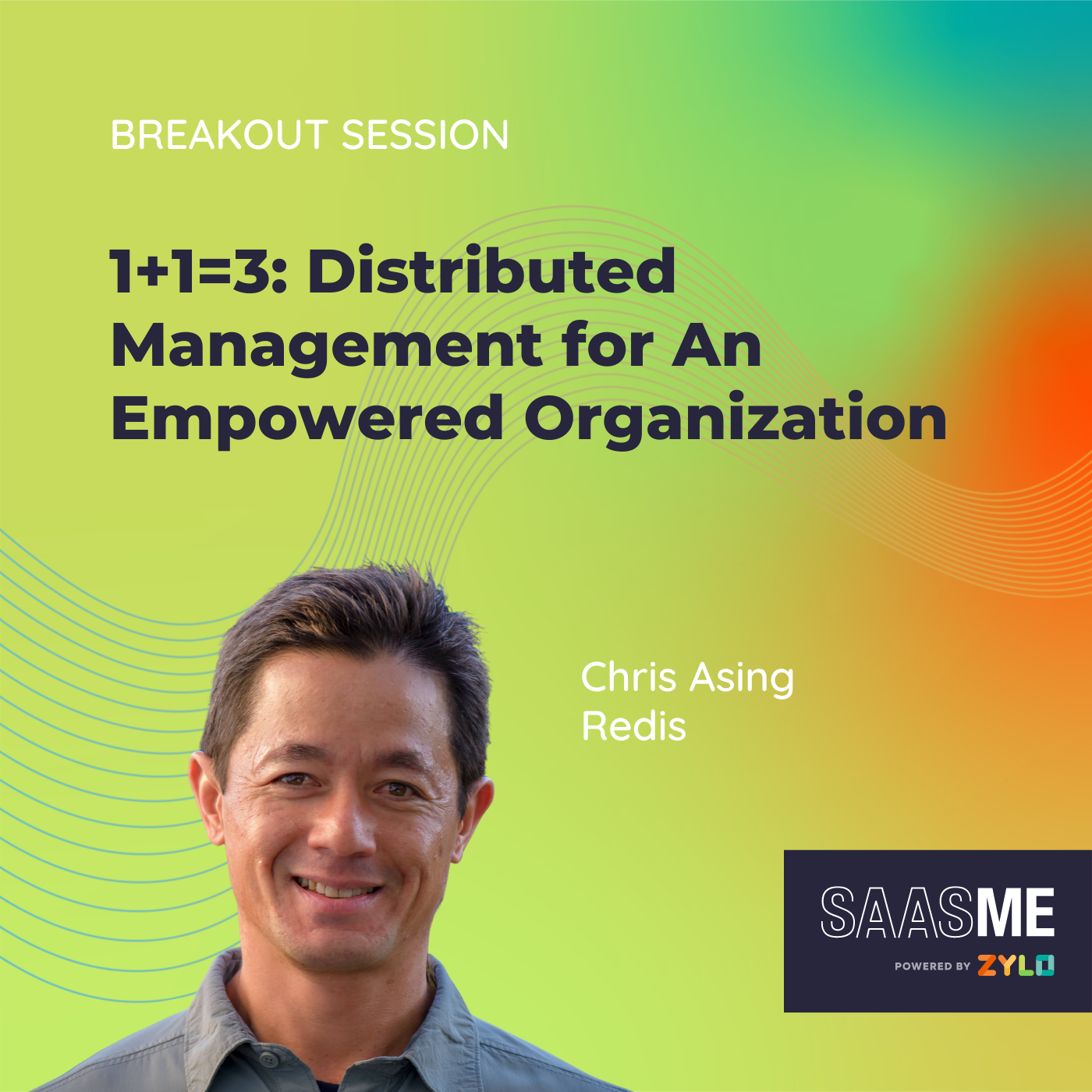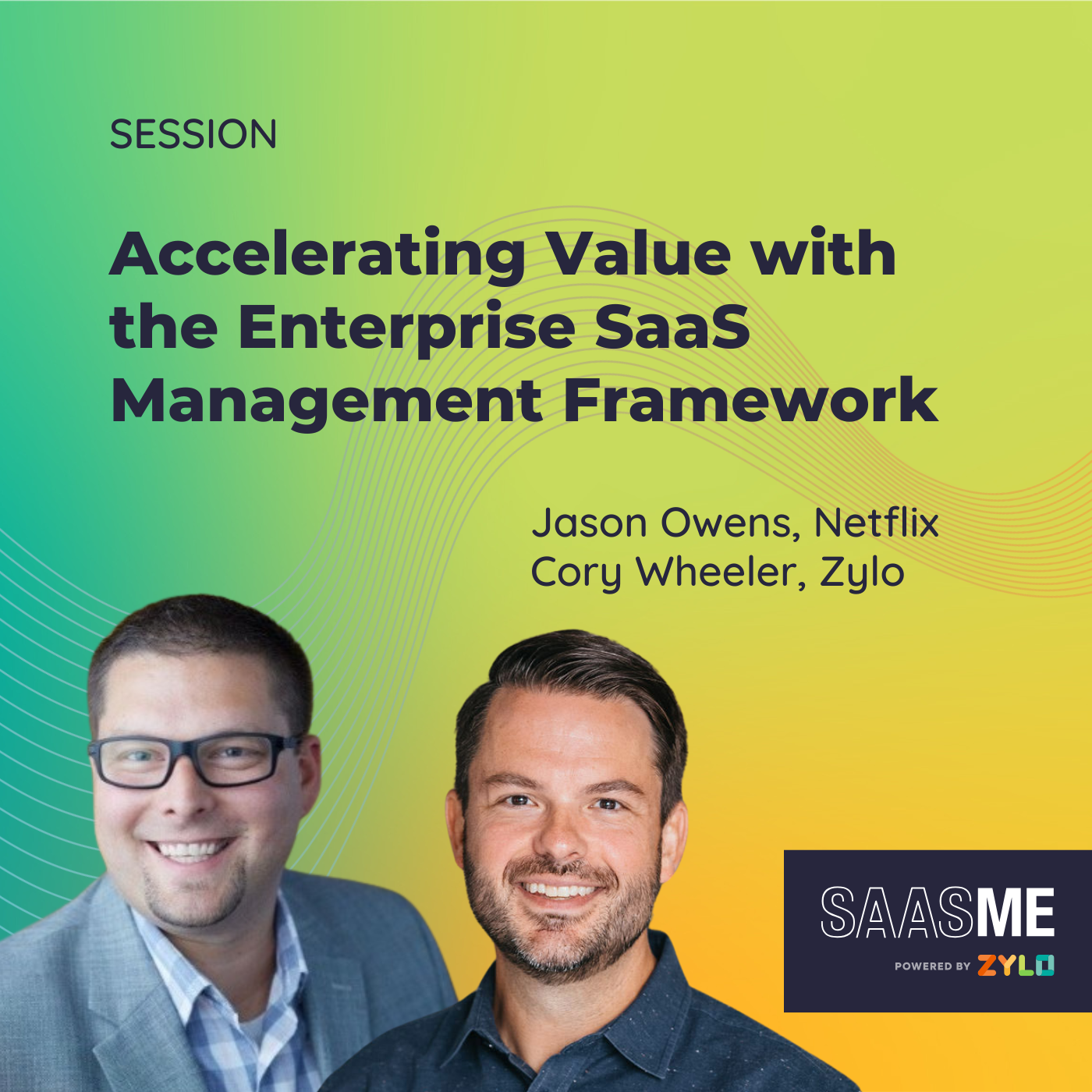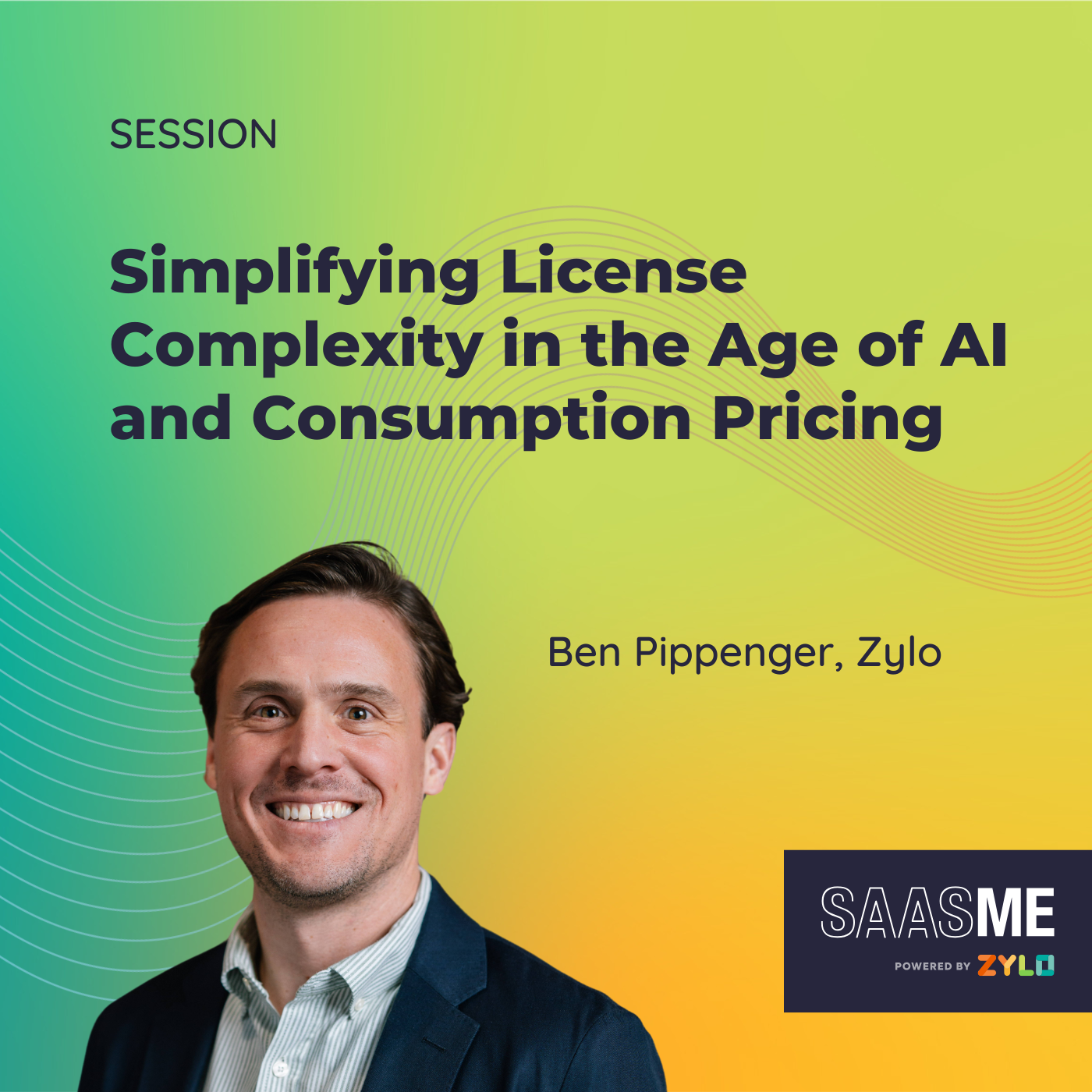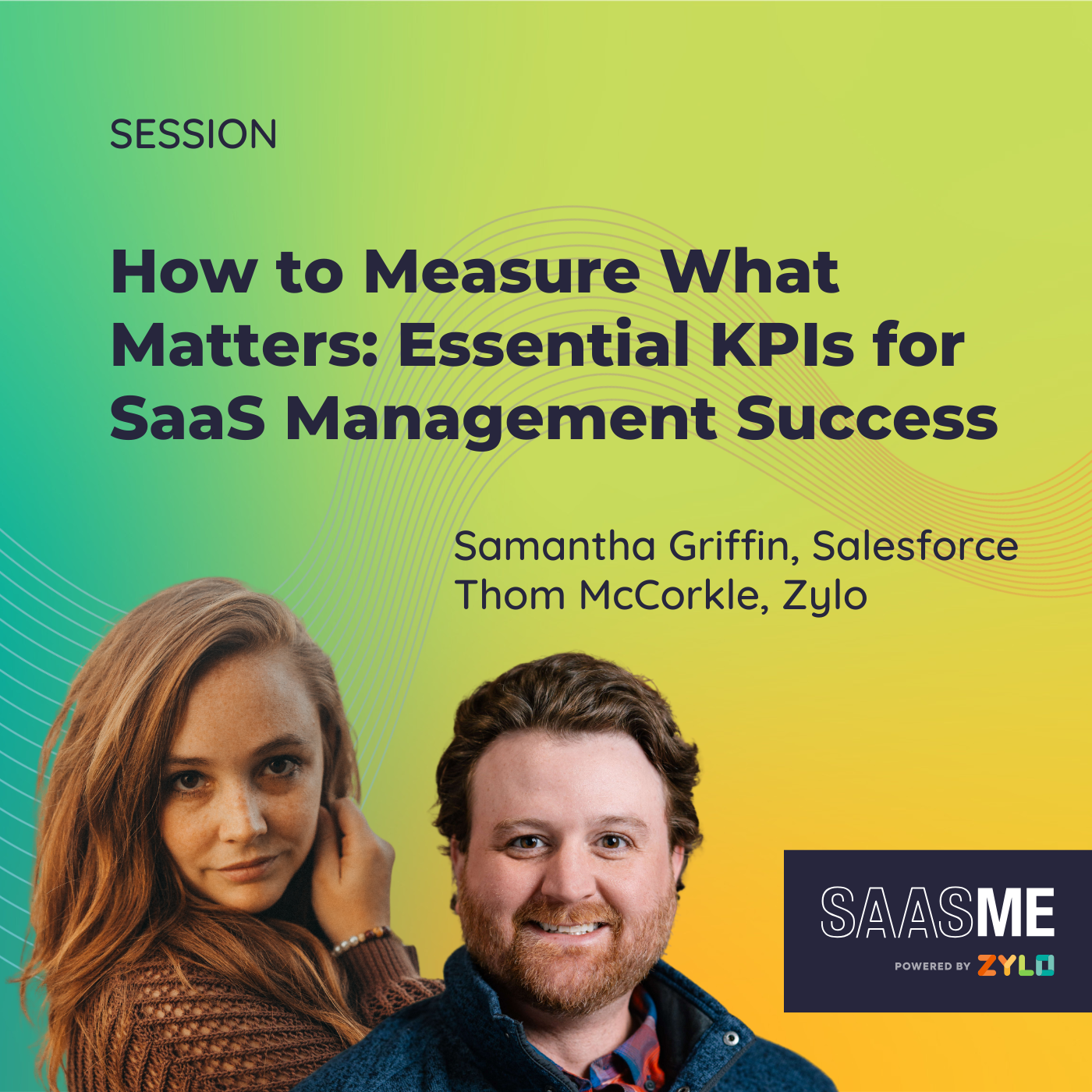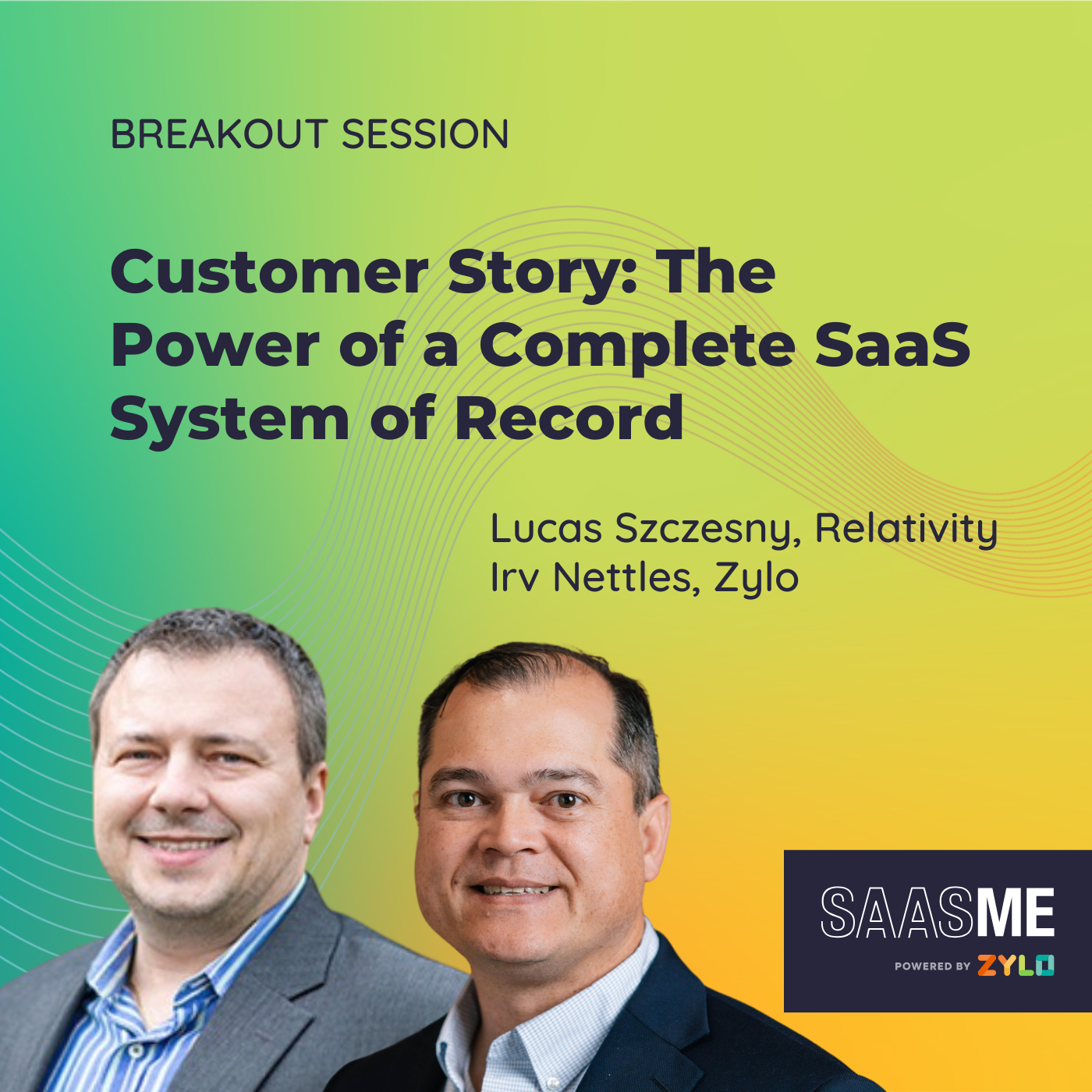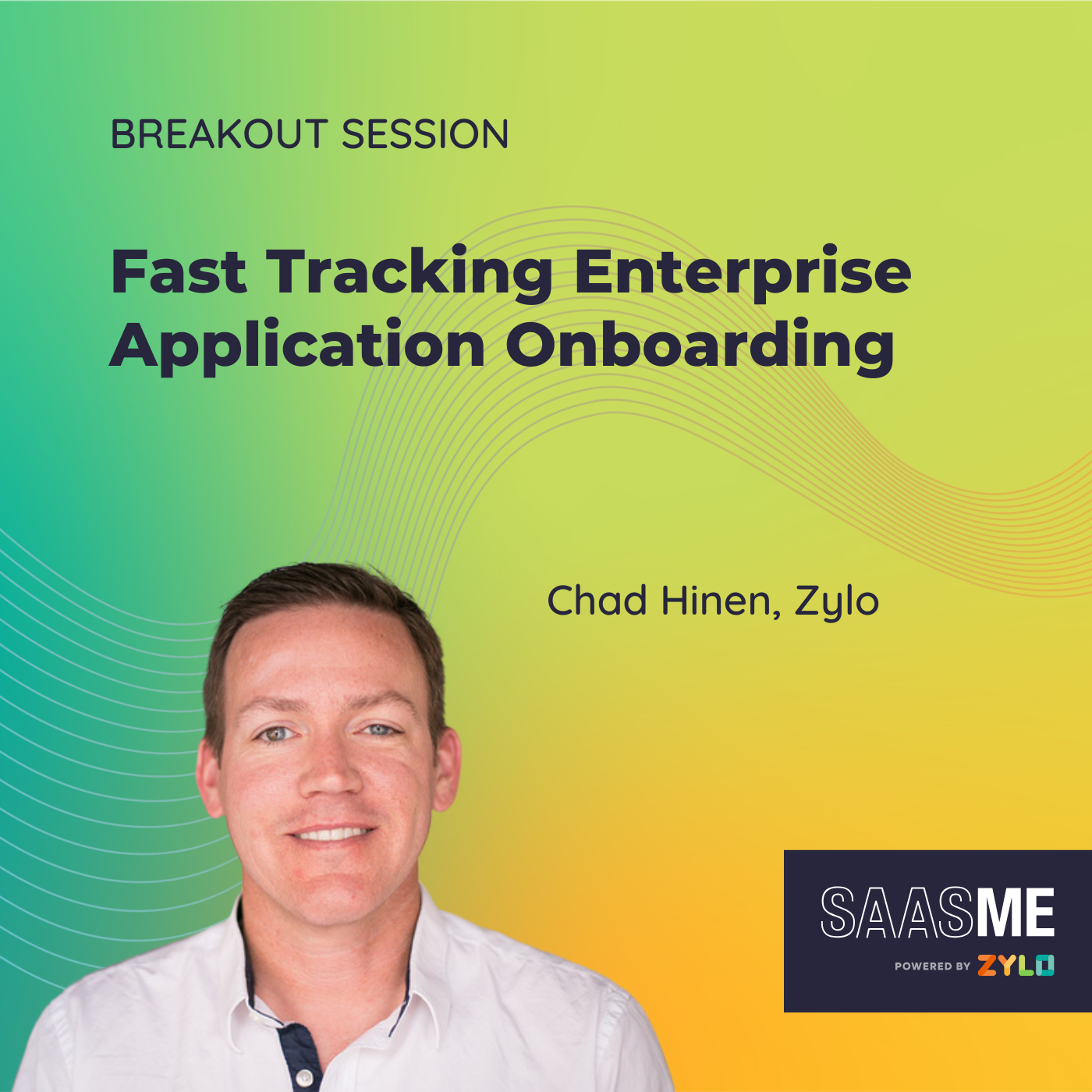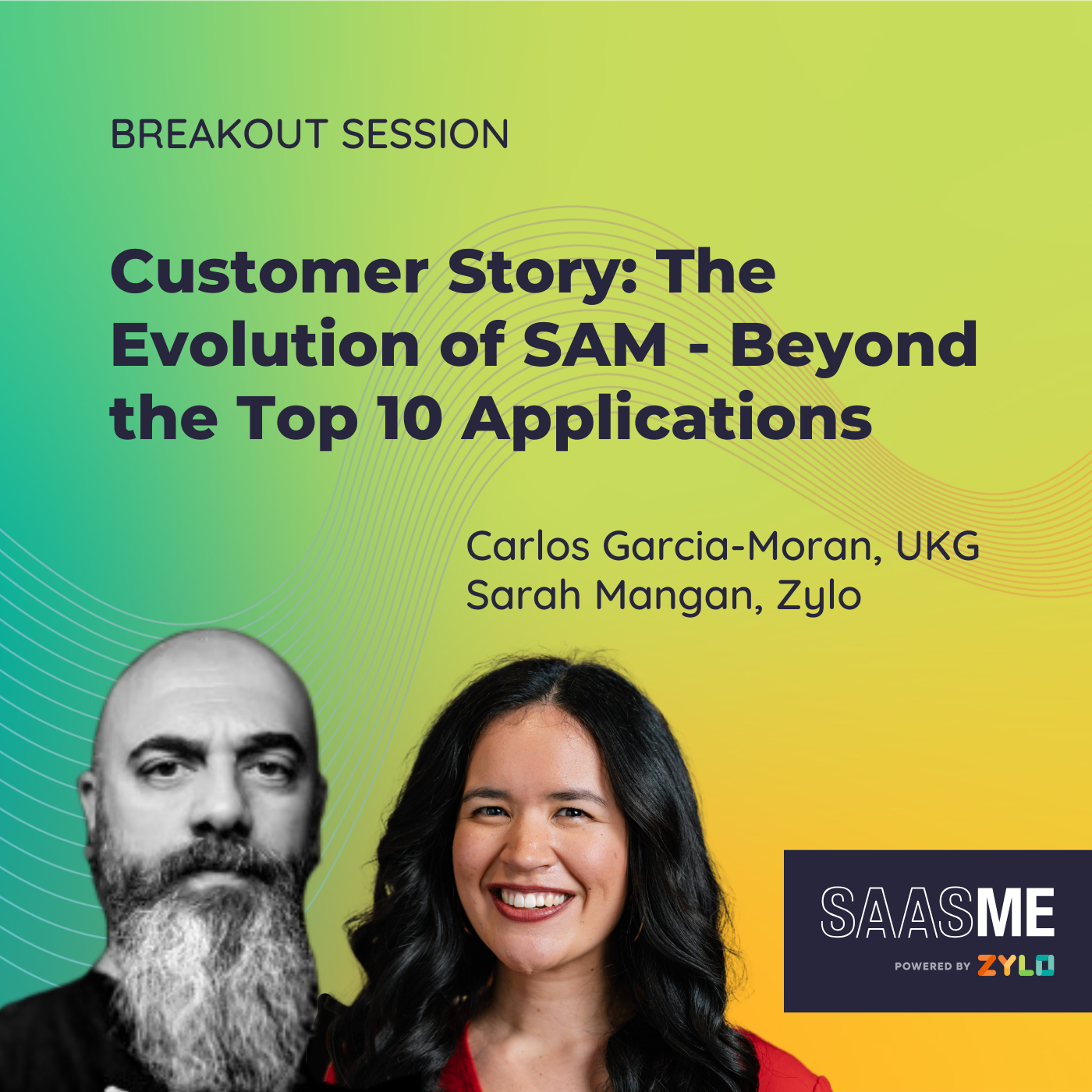1+1=3: Distributed Management for An Empowered Organization
- 0.5
- 1
- 1.25
- 1.5
- 1.75
- 2
Chris Asing: Good morning, and good afternoon to the folks who are on the other time zone as myself. I'm here in the West Coast.
My name is Chris Asing, and I'll be covering the session here on distributed management for an empowered organization. I'm head of technology, status procurement, and real estate and workplace over at Redis. I spent a lot of time at 10 companies from all sorts of sizes, from Enterprise to this scrappy startup, but more importantly, who is Redis?
Chris Asing: So, Redis started as an in- memory, no SQL database as a service. And fast forward a few years of RnD and experimentation and customer sort of lands. We are now an enterprise realtime data platform. We account for about 11% of the market in this category. We're also the people behind Redis open source and so Redis is really used to make web apps faster by eliminating need to request and receive the results of database query.
Chris Asing: So for today's lineup, here's what we're going to be talking about. What job needs to be done, our approach, some of the results and some key takeaways.
Chris Asing: And so before I do that, I think it's always important to begin with a little bit of the background. Now this may seem terribly obvious to everybody, but it's always worth mentioning kind of the explosion of SaaS. Now, SaaS certainly has made it easier for people to purchase and accelerate time to value. And if you think about it, management and administration of SaaS shares similar characteristics to its on- premise predecessors.
Chris Asing: For example, the centralization of core IT services, but leaving many of the business and middleware services to the lines of business itself. Shadow IT through credit card or expense spend, offering lower effort, but higher impact solutions. Finance and accounting struggle to forecast and manage spend for these. And legal and compliance struggle to manage the risk and exposure associated with your shadow IT behaviors.
Chris Asing: Now, Redis' goals have continued to be growth and scale driven. And tying this back to distributed management of SaaS. Three basic questions we aim to answer. Kind of feel like this, is the application or service helping you make money? Is it helping you save money? In other words, is it faster, better, and cheaper? Or is it helping you be compliant? Meaning can it help you stand up to any number of audits?
Chris Asing: So okay, we want to increase business velocity if you want to position the company for IPO, we also want to evolve the ways of thinking and behaving and we want to do this together. And so operationally, this meant an approach focused really on a changing of our mindset from selling to SMBs to enterprises.
Chris Asing: The transparency of data and business and human processes. It meant a lot of hypothesis and testing of these, and a framework to standardize and repeat while acknowledging some of the exceptions that lie within the business of different states of maturity. And then a continuous measurement and adjustment to tune out the noise. So joining a new company, you just take stock and baseline the health of the services that you support or are part of. And so some of the essentials for us, we really had to engage where the businesses really look at where we are and be honest with the notion of what information is key to managing the service itself.
Chris Asing: So short, long term is the business function or a company better served as centralized or decentralized management? And it may not be the same answer across the company, but it certainly may be very specific to the line of business' department that you're working with. One of the simple questions we sort of like to reflect upon is, does the average consumer of our service in SaaS procurement, in SaaS management know actually how it works? Is it easy? Is it performant? How long does it take? Is it consistent? Is the data sufficient? Do we know who app owners, app admins, term lengths of contracts and corresponding renewals and expirations for each respective SaaS that we ingest in a company are?
Chris Asing: And then from an OTRs perspective, do we actually have them today? What makes sense for the time and maturity state? From a competitive metrics perspective, are we even talking about pricing? Are we talking about terminations for convenience, volume stepped down pricing? All those sorts of things are part of what we need to check our navel with and sort of ask ourselves, are we ready to take these on and be truly committed to them?
Chris Asing: And then from a compliance and due diligence and reporting perspective, are we focused on those really important pieces? The data privacy, the PII, the intellectual property. And the identity government's components are just SAML 2.0, and some of the provision capabilities that are offered by these SaaS products. And after taking stock, the hypothesis formed seemed fairly obvious to us. It seemed that really a distributed but iterative of approach to SaaS management is more likely to render faster, cheaper and better business outcomes than a centralized IT model. And so for that, it was really about forming an intake funnel for commonly asked questions for the company, the business and the process. It was really addressing a de-siloed approach for getting the most feedback, engagement, improvement opportunity.
Chris Asing: And we needed to continuously tune and iterate our behaviors to adapt to the needs of the different lines of business. And like mentioned in so many of the other sessions today, it was really about a lot of cross-functional touch points with the business. And we've been sort of talking about it as partnership. And it is so true. It really is about this really strong interlock with the business to again meet them where they are, and in some times in some cases, having them be patient with us as well.
Chris Asing: So we needed to answer some basic questions. So it was down to brass tax for us. We started simply with the data and in answering these fundamentals, it was the most basic of basic things. Where are the contracts? How do we find them? Understanding what we bought and adding on that, are we using what we bought or worse? Are we using more than what we bought? And are we going to get a surprise true- up prior to the term renewal? When is it up for renewal? Who owns the application? Who supports the administration and who pays for it? So all these things are really, really important.
Chris Asing: And I think Corey spoke to in one of his earlier sessions about this sort of maturity curve. You implement the SaaS platform you organize and then you optimize. So if you're starting at ground zero, there's a lot of low hanging fruit. You just organize yourself and then figure out what you're going to optimize from there.
Chris Asing: I would say that if we look at Redis in the past year and half to two years, we're beginning into that mode of optimization. We're in that third phase of that curve. So the data we focused on gathering in the beginning really shaped our direction and impact that we had realized today.
Chris Asing: And so over a three year period that the results show a few improvements from an accounting and finance perspective. I'll just name a couple of them here. Now, first and foremost, we're growing. So we exhibited and experienced a SaaS growth of roughly 55% over this period. The good news, however though, is that we shifted a lot of these spend that was coming from all sort of different places and saw reduction in the expense spend by approximately 50%. And this resulted in more predictive, less fractured back office operations to still run the business. But do it in a way that was more smooth and more organized.
Chris Asing: So I mentioned early on that partnership is key and it really, really is. I mean, FP and A, and accounting departments have their own sets of tooling to manage forecasting for their business across people, expense and programs. But lines of business really have the best insight into their departmental spend. The business will know if and when their apps are more deeply entrenched into their processes. Or conversely, if there are some alternative solutions under consideration to replace an existing app. Hang on, I'm just getting a question here in the chat. I wanted to try and answer Alex. That's the idea. So even when SaaS spend is increasing, expense spend is decreasing. Yeah, no, thanks for that.
Chris Asing: So something pretty interesting in this process. We discovered this opportunity to bridge the gap between forecasted budget and the consumption taking place within the business. And not surprisingly, they weren't always working in parallel with one another. It really gave away to producing the departmental dashboards by line of business for fiscal reporting. And we did this within Zylo, not within our own, not within NetSuite or any other product for that matter. We did this because it gave us the greatest and most realistic exposure to what is truly happening versus what we thought was going to happen. And so it brought the two departments together.
Chris Asing: Looking at the same current dashboards as opposed to outdated exports and spreadsheets. And we're moving the same approach across many lines of business. So you have them to see sort of a obfuscated view of our marketing dashboard. The same is applied to sales, the same will be applied to all the other lines of business that are large consumers of our services.
Chris Asing: Some key takeaways from this, right?
Chris Asing: I think it certainly goes without saying that being a cloud first organization is very helpful in this process. It helps us tap into the things that give you more real time consumption and real time activity of each respective SaaS. But cloud first is key. It's then allowing the kinds of flexibility and iterative design native to distributed management.
Chris Asing: Data's super key. It really does reflect the process, the readiness and the progress of change management for your organization and for your lines of business. It definitely fosters that empowerment for the business and the app owners and service providers and procurement alike. In my view, pick a few things to get and just really nail it. There's no need to get superfluous and no need to get super visionary, just get a few things and nail it and iterate off of those foundational elements. It's really the only way. There's really no shortcutting the data.
Chris Asing: Seek feedback. I think one of the interesting things about it is that there are definitely organizations who are ready to look at a dashboard to compare their forecast and their FP and A, their annual budgeting plans against their actual activity. And there are many who just aren't there yet. They're just not there in that continuum. So seek that feedback and really incorporate it into your process and your business partnership. Seems terribly obvious, but truly is the way in the path that we've taken.
Chris Asing: And then use that data. Use the data to just continuously mature your service, your business. Some of the most challenging problems we've solved come from just the simplest approaches using the fundamental data that's right there in front of us.
Chris Asing: That is really actually all I have today. So I wanted just express a big thank you for spending the time with me today and hope you enjoy the rest of the sessions.
DESCRIPTION
IT and Finance teams don’t have to bear the burden of SaaS Management alone. Hear how Chris Asing, Head of IT at Redis has enabled distributed ownership of SaaS across the organization, defined what tools are centrally managed, empowered application owners and ultimately enabled a better employee experience for all at Redis.
Today's Guests


